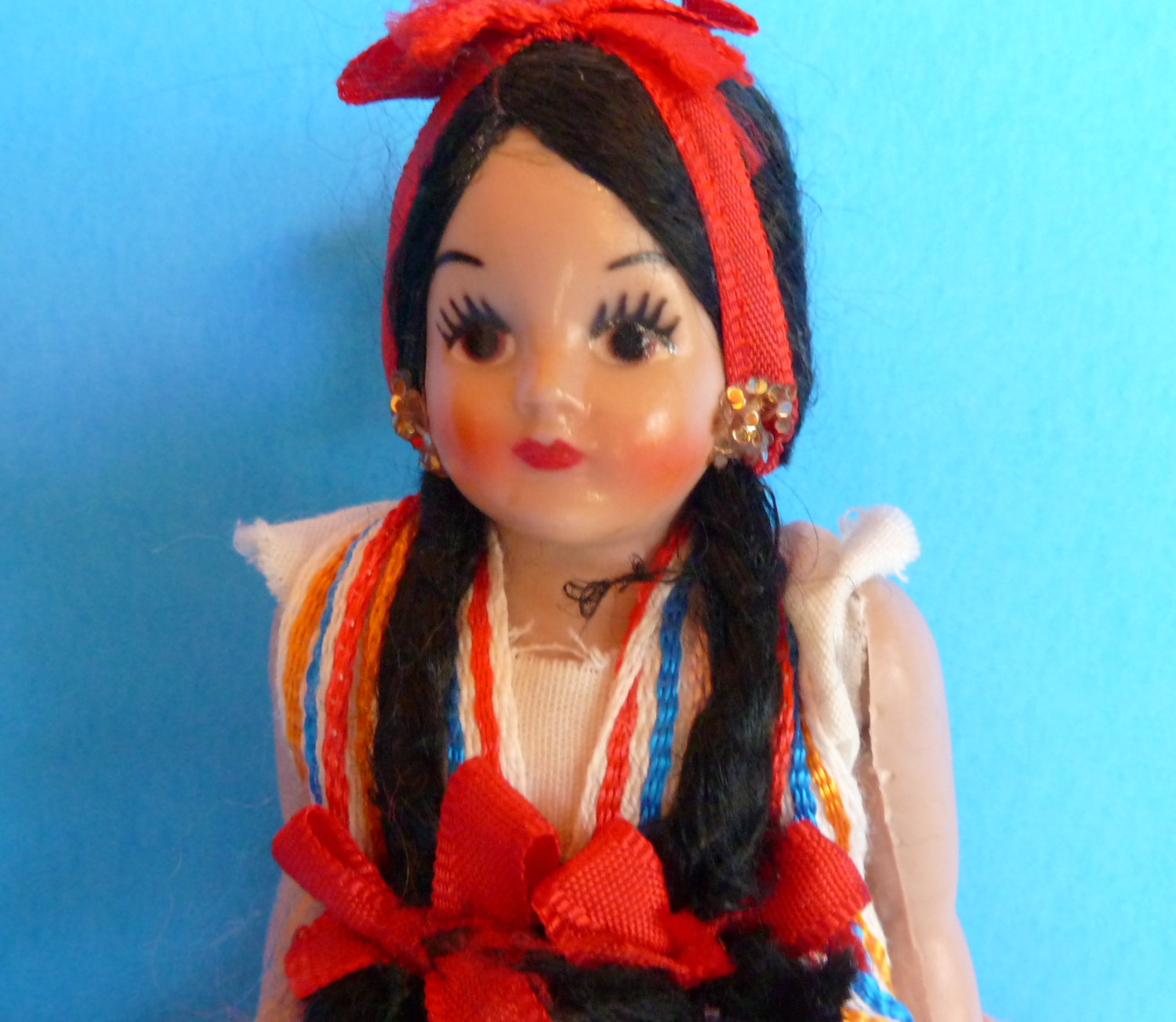Mexican antique dolls are perfect souvenirs that illustrate the role of history in the decadal trends of Mexico’s indigenous costumes and cultural traits. Read our guide for more facts and information…
Dolls have existed since pre-historic times and have always been cherished possessions. Antique dolls are admired for their impeccable craftsmanship and rich variety, which convey cultural themes in a wonderful manner. Though modern dolls are mass-manufactured, traditional doll makers still use the age old methods to make collectibles.
The origin of dolls
The earliest dolls were made of primitive materials like fur, clay and wood and were not only used as playthings but also crafted to portray religious figures. Wooden dolls were painted and adorned with hair made from clay strings or beads. The existence of dolls in Egypt dates back to 2,000 BC. Wood was popularly used in Europe which was famous for its doll production during the sixteenth and seventeenth centuries. Paper-mache, rubber, leather and pulped wood gained importance in the nineteenth century. In the same century, wax, ivory and porcelain dolls made their debut. Mexican dolls are renowned for their vibrant colors and indigenous craftsmanship amidst a balance of the varied traits of the country, ranging from Mexico City to Guerrero, to Puebla and Oaxaca.
History of Mexican corn husk doll
The tradition of corn husk dolls is rooted in the culture of Native American Indians. The thousand year old tradition is still a part of Mexican handicrafts and even a source of livelihood for rural women. Corn has a significant place in Mexican culture and every part of corn is used for some purpose or the other. Corn husks are dyed or used in their natural form to make dolls and decorated with ribbons or flowers with fine attention to detail. The decoration portrays the creativity of the maker, with some holding tiny bouquets on the arms or shoulders and others holding babies wrapped in a blanket. Other varieties include dancers, horses, parrots, roosters and flowers.
Uses and characteristics of Mexican antique dolls
The lasting impact of the Aztec culture is seen in the use of skeleton dolls during the ‘Day of the Dead’ celebrations. These clay or paper mache dolls are skeleton figures of musicians, brides, grooms, etc., showing people in manifold professions and activities. The celebration is rooted to ancient Mesoamerica, wherein the Aztecs honored their dead with feasts, sacrifices and rituals. Mexican corn husk dolls are related to many legends of Native American Indians, and history reveals that they were used in sacred healing rituals, apart from amusement. The intricate and vivid workmanship of porcelain dolls show the unique craftsmanship of deft hands.
The more recent Lupita dolls of Mexico are hand-made and hand-painted pieces of art reflecting everyday life using beautiful colors and delicate designs. Mexican antique dolls show the incredible diversity and richness of ancient Mexican handicrafts. They are highly valued as collectibles and cherished as souvenirs.





